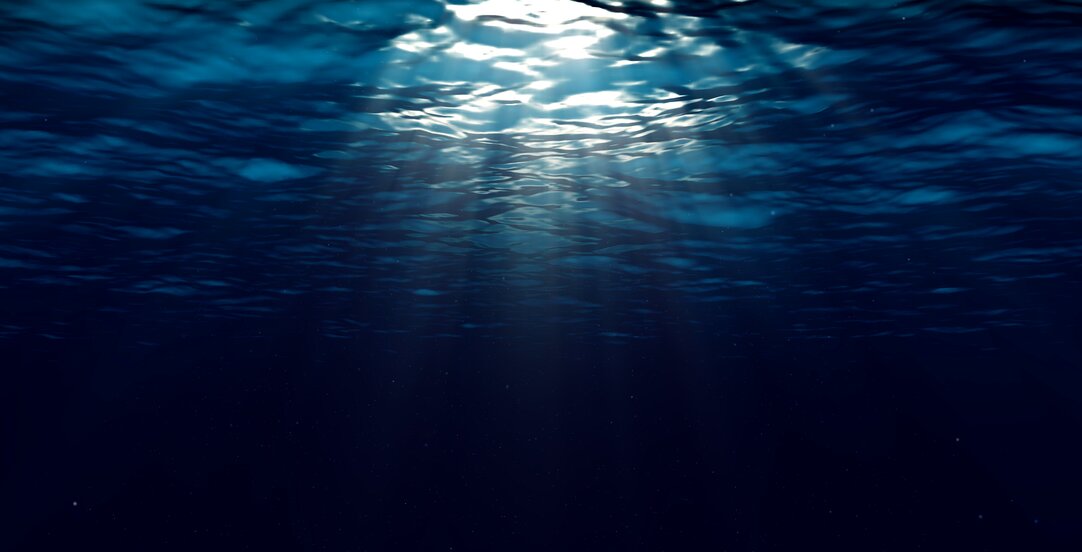Deep sea mining – preparing the ground

The Norwegian Government has initiated a process for the potential opening up of deep sea mining on the Norwegian continental shelf. What is the legal framework for such developments, and how does the Norwegian Government foresees that this process will be conducted?
Reading time 5 minutes
Fueled in part by our increasing reliance on technology as well as by a steadily growing global population, demand for the earth’s rare minerals is increasing exponentially. The supply of such rare minerals is, however, somewhat limited and is currently dominated by only a few companies operating out of only a small number of countries, many of which have unstable political regimes and poorly regulated working conditions. With the supply of some such minerals already beset by geopolitical challenges as well as unpredictable pricing and the ever increasing threat of global shortages, many countries are looking for alternative domestic sources of supply.
Whilst the world’s onshore reserves of core minerals are limited, it is thought that there may be significant reserves located on the seabed. This is particularly the case in Norway, where scientists at the Norwegian University of Science and Technology have estimated that the value of the minerals on the Norwegian continental shelf are around one thousand billion Norwegian Kroner. The Norwegian Government is looking to capitalise on this potential new industry and as a country with a large continental shelf and significant experience within offshore oil and gas production, it is hoped that Norway may have an important role in this new industry in the coming years.
Legal framework – the Seabed Minerals Act
The Norwegian Seabed Minerals Act was adopted into law on 1 July 2019 and provides the legal framework for the surveying and extraction of minerals on the Norwegian continental shelf, the proprietary rights of which belong to the Norwegian government. The Act’s key purpose is to ensure that any such activities are conducted in accordance with broader societal goals, and that value creation, environmental concerns, safety, and the interests of other marine industries are all taken into account.
To a large extent, the Seabed Minerals Act mirrors the framework adopted in the Petroleum Act of 1996 and provides a general legal basis for sound resource management, including a licensing system for companies hoping to engage in subsea mineral surveying and extraction activities.
For surveying activities, licenses will be granted to both Norwegian and foreign companies for specific geographical areas, and will have a maximum validity period of five years. The licenses will be non-exclusive, meaning that several companies may be granted survey licenses for the same area. To the extent that mineral reserves are discovered, a public announcement or tender will be issued for the area and companies may then bid for a production license.
Such production licenses will be exclusive and may be granted to a single company, or several companies where one of them acts as the operator.
Although the licenses will, in principle, be limited in time, the licensee(s) will have various rights to an extension. It should be noted that production licenses, subject to international agreements entered into by Norway such as the EEA Agreement on equal rights and obligations within the Internal Market, may only be granted to companies which are established in accordance with Norwegian law and registered in the Norwegian Register of Business Enterprises. However, there are no specific requirements on Norwegian ownership, and foreign companies may therefore also apply if they establish a Norwegian subsidiary.
No extraction will, however, be permitted before the relevant licensee(s) have had an extraction plan approved by the Ministry of Petroleum and Energy, which will need to include, amongst other requirements, a project specific impact assessment study together with information on the potential environmental impact and any relevant mitigation strategies to be adopted.
Current status – ongoing process for opening up of area for deep sea mining in Norway
As of today, no areas on the Norwegian continental shelf have been actively opened up for deep sea mining. However, in January 2021, the Norwegian Government took a first tentative step towards making deep sea mining a reality and commenced a consultation process regarding how a potential impact assessment study should be undertaken in an area south of Svalbard and around Jan Mayen. This consultation period ended on 12 April 2021.
Based on the input received as part of the consultation process, it will be decided how such an impact assessment study shall be conducted. This will be done in the second quarter of 2021. After this has been decided, studies and reporting will be conducted, currently scheduled to take place in 2021 and 2022. After the impact assessment studies and reports have been –completed, the impact assessment study will be published. It is estimated that the impact assessment study will be published in the fourth quarter of 2022. When the impact assessment study is published, a new consultation process will be initiated.
A final decision on whether to open up the area for deep sea mining will then, based on the impact assessment study and input from the further consultation process, be taken. Such final decision is currently scheduled to be taken in the second quarter of 2023. Based on the current schedule, companies could then potentially apply for survey licenses as early as in 2023.
It should, however, be noted that there are several unresolved questions in relation to this potential new industry which will require a good deal of further assessment before deep sea mining enters the mainstream, in particular the impact on the environment, how the mining will be conducted and whether it may be conducted in a sustainable and economically viable manner. Although the experience and resources from the offshore fossil fuel industry may be called upon, further technological development and the establishment of a full value chain will also be necessary before offshore mining takes off as a new industry.
